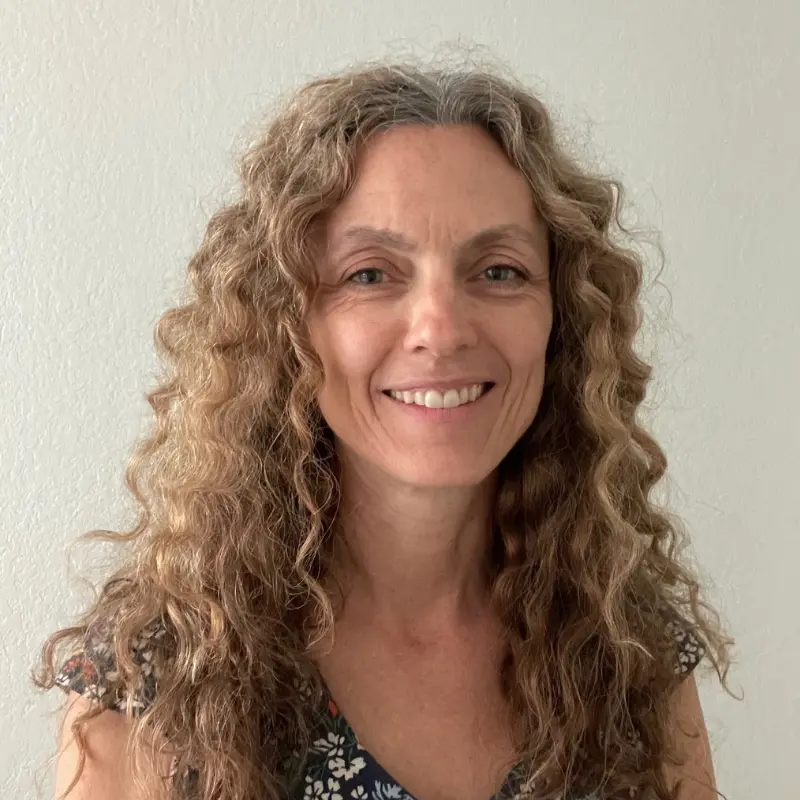Slow Down to Speed Up: Why Process Mapping Comes First


If you have ever inherited a chaotic workflow, waded through outdated SOPs, or tried to piece together an undocumented process that only one person knows how to do, you are not alone. Most nonprofits and mission-driven teams are held together by a mix of institutional memory, heroic staff effort, and processes that have evolved through necessity rather than intention.
It works, until it doesn’t.
And that breaking point often shows up as burnout, tech frustration, inconsistent work quality, or pressure to “just implement AI and fix the whole thing.”
This week on UnTangled, I talked with my longtime friend and systems strategist Kronda Adair, founder of Karvel Digital. Our conversation focused on the practice that quietly strengthens everything that comes after it: process mapping.
It is not flashy, but it is transformative. And it is the definition of slowing down to speed up.
Why Process Documentation Matters
Human memory is unreliable. No one can hold all the steps of a workflow in their head, and even if they could, that knowledge is lost the second they take a vacation or move into a new role. When processes live in people instead of systems, teams end up reinventing the wheel repeatedly. They also find themselves copying workarounds that made sense to one person six years ago but make little sense today.
Documenting your processes does not restrict your work. It frees you to be consistent, efficient, and collaborative. It creates a living system that grows with your organization rather than a static document that becomes outdated the moment it is written.
Clarity Comes From Seeing What Actually Exists
Mapping your processes reveals what is happening beneath the surface. It uncovers gaps, unnecessary manual steps, confusing handoffs, outdated tools, and spots where tasks are duplicated or slowed down.
Teams often have powerful “aha” moments when they finally see their workflows visually. They begin to understand why things take so long, where work gets stuck, and what is consuming staff bandwidth. This visibility naturally leads to streamlining, better delegation, and more thoughtful decisions about technology and staffing.
Decision-Grade Information
One of the strongest points from our discussion is the idea of “decision-grade information.” You cannot make a smart technology choice if you do not understand all the places a tool is connected to your work. Thinking about switching CRMs, email platforms, form builders, or automation tools? Process mapping shows you every workflow, staff role, data path, and automation that depends on your current system.
Kronda shared an example of a client who wanted to stop using a particular tool, only to discover it was tied to hundreds of steps across their organization. Mapping revealed the true cost of that change and prevented a rushed, expensive mistake.
Decision-grade information saves time, money, and frustration. It replaces emotional decisions with clear, informed ones.
The Foundation of Effective AI Adoption
Many teams are eager to adopt AI right now, and with good reason. But AI is not a magical organizer. It cannot clean up inconsistent data, streamline broken workflows, or design a logical process for you. It is a poor match for messy systems. Once a process is documented and organized, AI can help with specific tasks or automations. Until then, human-led clarity is essential.
Process mapping sets the stage for meaningful AI adoption by giving teams a clear, structured view of what actually needs improvement and where AI can make a difference.
A Tool to Explore: Puzzle
Puzzle (https://www.puzzleapp.io/) is the process-mapping tool Kronda uses, and it offers a level of depth that standard flowchart tools simply cannot match. It shows which tools, roles, data points, and steps are connected. It highlights manual work. It reveals the true cost of each process in time and labor. It helps teams understand how changing one tool impacts the rest of the system.
Kronda hosts a monthly workshop (https://karveldigital.com/) where she demonstrates Puzzle live and walks participants through real-world maps. It is a practical and accessible way to explore process documentation before making major decisions about AI adoption, tool changes, or team restructuring.
Start With What You Have
Before you adopt a new AI tool, overhaul your tech stack, or invest in another staff training, start with mapping your current processes. Understanding what is actually happening inside your organization gives you the clarity to fix what is not working and build intentionally toward what comes next.
Process mapping is not busywork. It is the foundation of sustainable operations, smarter technology choices, and more equitable and efficient teams. Once you can see the landscape clearly, you are in a much better position to plan, improve, and innovate.
Watch the full episode here:
Are you on the verge of making big tech changes or hoping to adopt some AI practices soon? Let’s talk and make sure your processes are well documented before you start!
Thanks! You’ll hear back within 48 business hours
In the meantime, why not check out our latest case study?

Whether you need help with a project, want to learn more about us, or just want to say hi, you’ve come to the right place.



